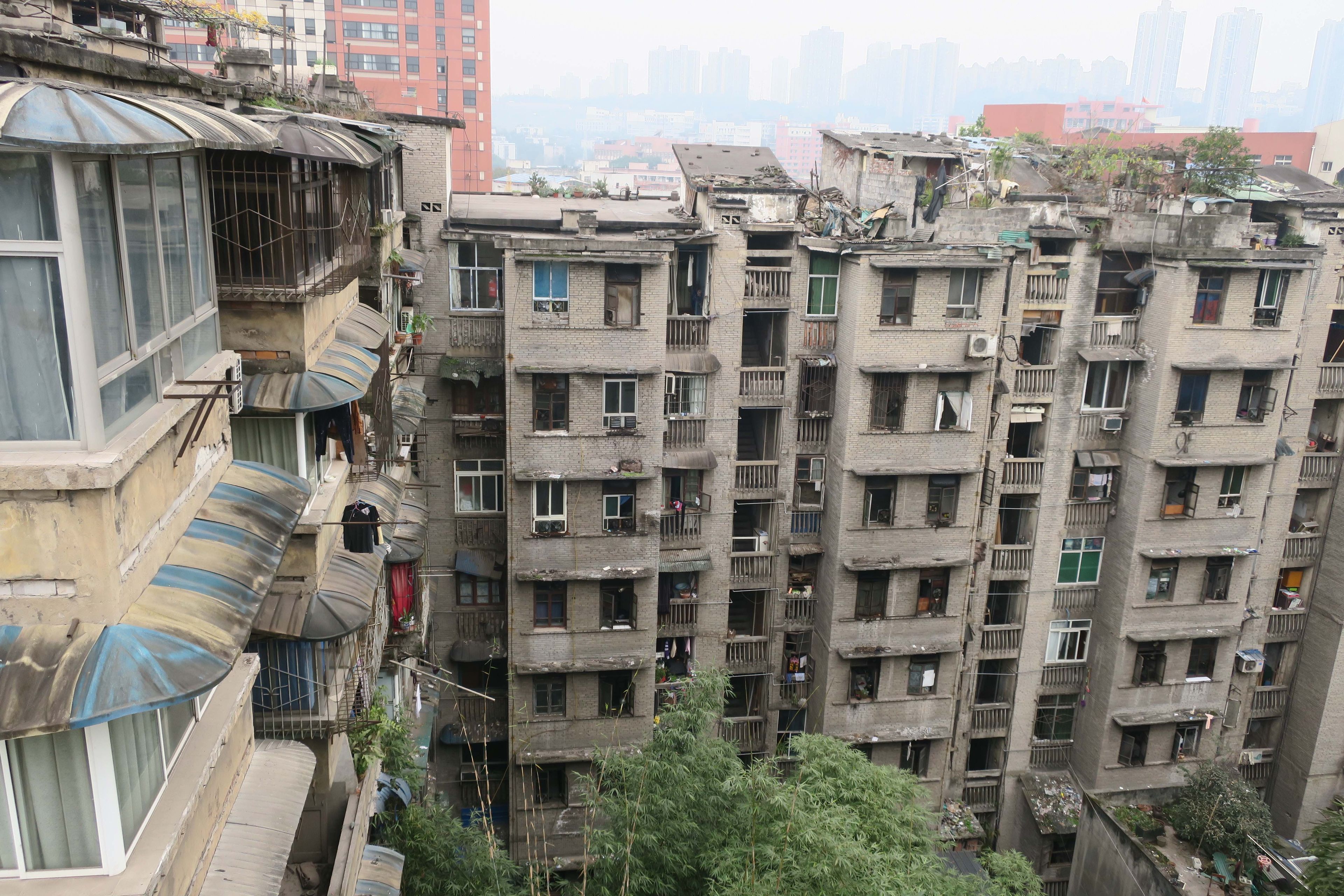
Cold Infrastructure. Economic, Ecological and Social Implications of a Fragile Materiality of Urban Architecture and Thermal Infrastructures in Chongqing (China)
The fragility of urban infrastructures is not only related to natural conditions, but it can be an inherent feature of the political economy. In China where the urban built environment expanded rapidly since the 1990s, fragile buildings are desired as they nourish the capitalist-oriented real estate and national economy. On the one hand, the built obsolescence guarantees continuous working possibilities for construction companies. On the other hand, fragile building envelopes enable the externalization of maintenance costs to create thermal comfort on inhabitants. Based on ethnographic data, this paper inquires into the economic, ecological and social implications of a poor thermal infrastructure in multi-story apartment houses in subtropical Chongqing (China). In addition to being located in China’s southern “non-heated zone”, the insufficiently implemented ecological building regulations lead to a fragile materiality of apartment buildings, e.g. lack of insulation, poor building materials, single-glazed windows. Through this practice, architects and constructors maximize profits and residents develop their own “system of thermal-material culture” (Shove, Walker, and Brown 2014:118)by selecting objects such as heating blankets, small electronic heating devices, airconditioning or quilted pajamas to mitigate indoor climates. These socio-technical practices are a reaction to the fragility of the housing stock. They are connected to aspects of the urban ecology (with large energy demands satisfied by coal power stations), to social stratification (with poor people not being able to afford energy costs) and to citizenship-state relationships (with citizens relying on themselves rather than on institutions).
(Reference: Shove, Elizabeth, Gordon Walker, and Sam Brown 2014 "Material Culture, Room Temperature and the Social Organisation of Thermal Energy." Journal of Material Culture 19(2): 113–124.)